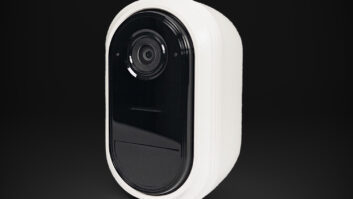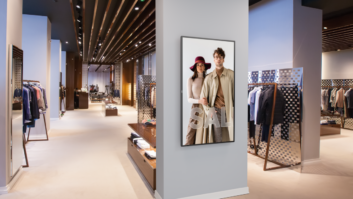Washington D.C.
— HD Radio developer iBiquity and National Public Radio (NPR) reached a compromise
in their dispute over how much FM stations should be allowed to boost their
digital output, paving the way for the Federal government to green-light the
power boost.
They also agreed to work together
to find ways to further boost digital output without interfering with other
stations’ analog signals.
“We’ve found practical and balanced solutions that
will greatly improve reception while limiting interference to existing analog
operations,” said iBiquity president/CEO Bob Struble said.
A power boost would accelerate HD Radio adoption by
extending the range of digital FM signals and improving in-building penetration,
iBiquity said in a filing to the Federal Communications Commission (FCC).
Automakers and receiver manufacturers have expressed “concern about digital
coverage and consumer reactions to products that may not have the same coverage
as analog radio receivers.” iBiquity told the FCC. “These issues continue to
provide impediments to the successful rollout of HD Radio broadcasting.” In addition,
the more-than-year-old dispute has “slowed station conversions due to
unwillingness to invest in transmission equipment that may be insufficient for
high-power operations,” iBiquity said. At the same time, “broadcasters are
unwilling to invest in higher power equipment that may never be authorized for
use.”
iBiquity and an alliance of four transmission-equipment
makers and 18 broadcast groups, representing 13 percent of all FM stations nationwide, petitioned
the FCC during the summer of 2008 to boost digital FM signals by 10dB. The
petition was opposed by NPR, which supplies content to more than 880
independent public radio stations nationwide.
The compromise would boost output up to 6dB, or four times
the current digital-output level to xx percent of authorized analog power, but
the two parties said they would work together to find ways of further boosting digital
output without interfering with other stations’ analog signals.
iBiquity originally petitioned for a 10dB boost. That boost would extend the range of digital
FM stereo reception to match FM mono range, iBiquity previously stated. Today’s digital FM stereo footprint
reaches about 80 percent of the footprint of an FM station’s mono analog signal,
although the digital stereo signal already exceeds analog FM stereo coverage by
about 10 percent, iBiquity said.
The 10dB boost
would bring a station’s authorized digital-signal level to 10 percent of
authorized analog power from its current 1 percent. The 10dB boost would, in
general, extend a digital signal’s range by about 10 miles and would produce
digital-signal in-building penetration “equal to or exceeding analog
performance,” the company previously stated.
In their joint
recommendation, the two parties urged the FCC to approve the 6dB boost as soon
as possible. Their recommendation includes criteria, based on NPR field
research, to manage stations’ power increases to limit interference . The two also
said they have already identified “an approach to additional power increases
beyond a 6dB increase, depending on spacing criteria and conditions that limit
harmful interference, and initial models suggest most stations will be able to
exceed 6dB.”
Their joint
statement did not indicate whether a full 10dB increase would be attainable, but
the statement quoted Greater Media radio engineering VP Milford Smith as saying
“replication of analog coverage by the new, digital service is absolutely
critical to the continued successful rollout of HD Radio technology.”
Digital AM
output, which is already authorized for up to 12 percent of authorized analog
output, is not part of the FCC deliberations.













